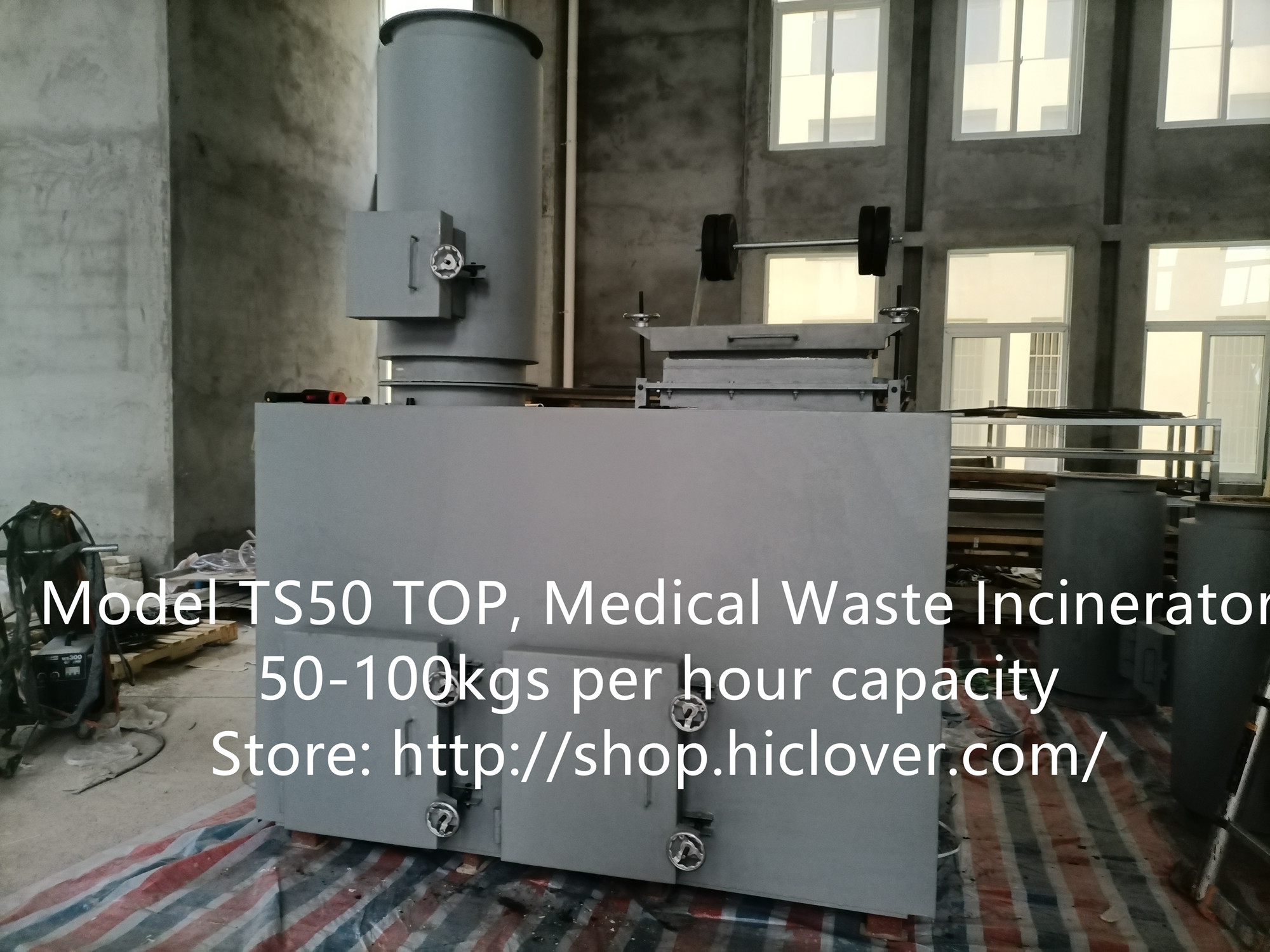The world is facing a growing waste crisis, with landfills filling up at an alarming rate and recycling systems struggling to keep up with the ever-increasing amount of waste. As a result, many countries are looking for alternative solutions to manage their waste, including waste incineration.
One such solution is the Exce 50 Waste Incinerator, a cutting-edge technology that promises to efficiently and safely dispose of large amounts of waste while also generating energy. The Exce 50 Waste Incinerator is a modular system designed to handle 50 tons of waste per day, making it a viable option for medium to large-scale waste management needs.
Proponents of the Exce 50 Waste Incinerator argue that it offers several advantages over traditional waste management methods. For one, it significantly reduces the volume of waste, as incineration can reduce the original waste volume by up to 90%. This means that less space is needed for landfills, which are rapidly running out of space in many parts of the world.
Additionally, the Exce 50 Waste Incinerator can generate electricity and heat from the waste it processes. This means that it not only helps to reduce the amount of waste that needs to be landfilled, but it also contributes to the generation of renewable energy, reducing the reliance on fossil fuels.
Furthermore, the Exce 50 Waste Incinerator is designed with state-of-the-art pollution control technology to minimize emissions and ensure that the process is environmentally friendly. This includes the use of advanced air pollution control systems to capture and neutralize harmful gases and particulate matter before they are released into the atmosphere.
However, critics of waste incineration argue that it poses several risks and challenges. One of the main concerns is the potential release of harmful pollutants and toxins into the air and soil. While the Exce 50 Waste Incinerator is equipped with pollution control technology, there is still a risk of emissions that could harm public health and the environment.
Another issue is the high cost of building and operating waste incineration plants, which may not be feasible for many communities, particularly in developing countries. Additionally, there is the concern that incineration could disincentivize recycling and waste reduction efforts, as it provides a convenient way to dispose of waste without addressing the root causes of the waste crisis.
In conclusion, the Exce 50 Waste Incinerator offers a potentially promising solution to the growing waste crisis, with its ability to reduce waste volume, generate energy, and minimize emissions. However, it is crucial to carefully consider and mitigate the potential risks and challenges associated with waste incineration before embracing it as the answer to our waste management needs. It is also important to prioritize and invest in sustainable waste reduction, recycling, and circular economy initiatives as part of a holistic approach to managing our waste.



